Awesome Floating Bed Designs To Blow Out Your Bedroom Decor
A floating bed offers stylish appeal to your bedroom space. As an eye-catching focal point you won’t find a better furniture piece. Most often associated with modern interior design, they can be a fresh addition to your home, no matter what your style.

If you don’t know anything about floating beds, we can change that. We’ll show you the best floating bed designs, how they work, and how you can add one to your bedroom. They make look complicated, but they’re just as easy as traditional beds.
Bottom Base

Floating beds rely on a platform for support. They are added underneath LED lighting to make it seem as if the bed is floating.
Contemporary Levitating Style

Before we get into the different floating bed styles, we wanted to provide with some background information so you’ll understand floating beds in a higher level.
Floating Beds: Origins
While most beds consist of a mattress and a box spring set on a frame of some type, the platform bed uses a sturdier frame and eliminates the need for the box spring.

With most floating beds, an optional headboard is available. Because the space is more compact, the lack of a headboard or posts give it a more open feel.
Levitating Float Bed

Floating Bed Frame

Wall Support

Platform Base

Bottom Base LED LIghting
Adding to their style, floating beds often feature LED lights that cover their edges. The lights enhance the floating illusion.
Edge Lighting

Levitating Bed Frame
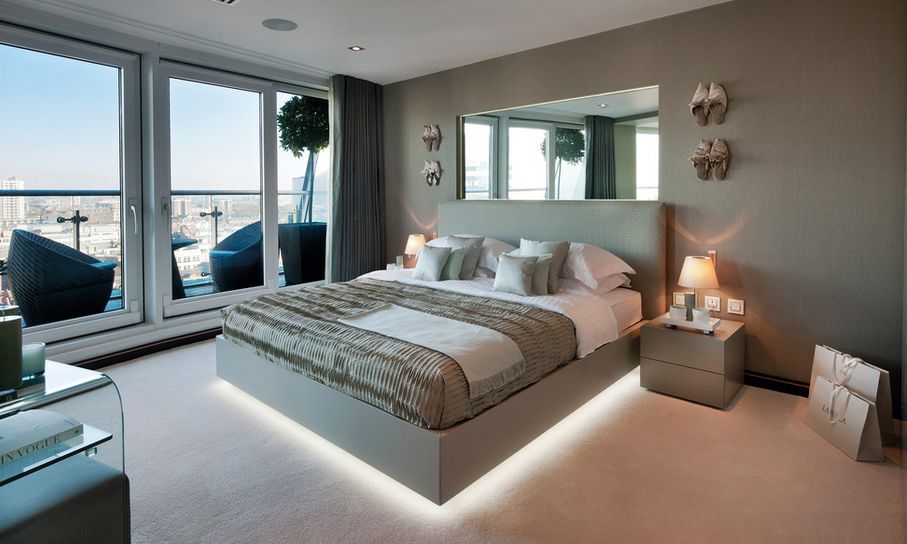
Modern Platform Bed Innovations
LED Lighting
Fast forward to 2015 and designers have made creative use of advances in LED lighting. They have revamped the platform bed and really make it seem to float. While interior designers could always have used under lighting, rope lights and today’s small, cool LED bulbs made it easier to create innovative designs. Even DIY enthusiasts can build a floating bed.

Floating Bed Illusion
Designers achieve a floating illusion through different methods.
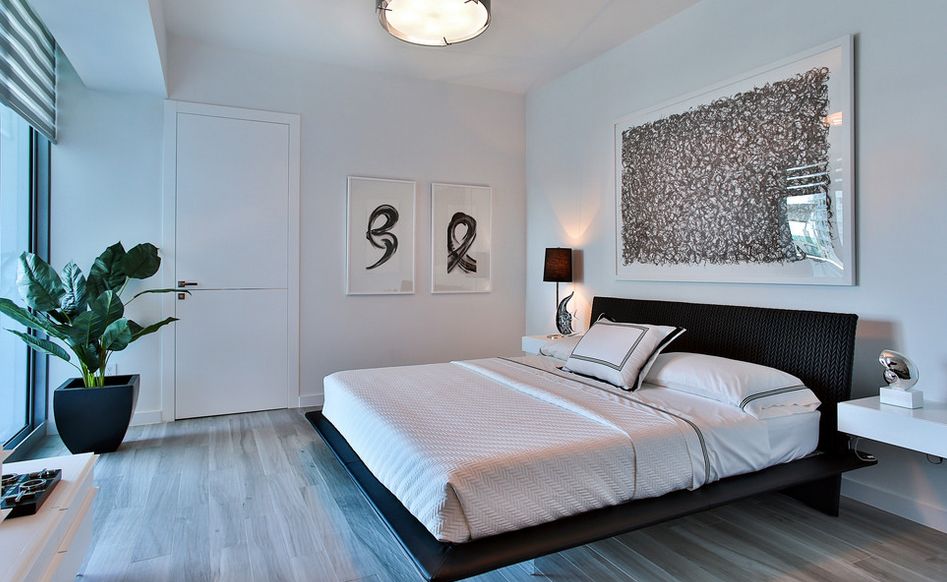
Some levitating bed platforms are anchored to the wall and held up with a single support leg.
Other types rest on a smaller box platform that is not readily visible when looking at the bed from around the room.
Floating Bed With Nightstand

Finally, some beds have Lucite legs that create an illusion of floating.
Sleek Style
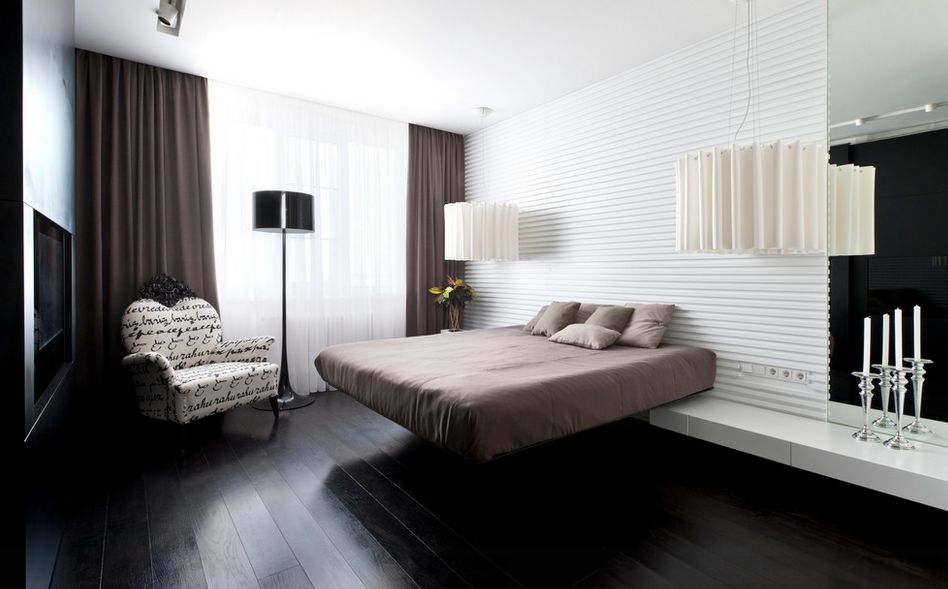

Floating Bed Styles
While a levitating bed is indeed part of many minimalist and modern bedrooms designs, it can be the focal point of any interior design style. As with any piece of furniture, the material you choose for the platform and the headboard dictate the design style.
- Natural or rustic-looking wood frames and headboards can make a floating bed fitting for a more traditional bedroom.
- If you have a more modern style bedroom, choose sleek, polished surfaces like lacquer or laminate. For a more feminine look, upholstered headboards and platforms can soften the design.
- Want a more masculine look? Incorporating leather in the platform or headboard can amp up the look of the bed.
A levitating bed is a focal point for the bedroom, and its advantages bed are much the same as a basic platform bed.
Support And Stability
Most bed frames holding up your box spring and mattress are metal, with four to six legs, and a few cross bars for support. Because there is no box spring to support the mattress, a platform bed must have more cross supports, or even full panel support, making it studier. If you toss and turn at night, a platform bed is more stable and is less disturbing to your sleeping partner.
Styling
The lower profile of a platform or levitating bed can really open up a space, especially if a bedroom is small. Choosing a style that lacks posts and even a headboard can save space and make for a cleaner design. More traditional looks can incorporate upholstery or mission-style frames and headboards.
Cost Effective
Thanks to the platform style, levitating beds eliminate the expense of a box spring. If you’re on a budget, you can get a new look at less cost. Or, the savings can go toward investing in a higher quality, new technology mattress, or a fancier platform style.
Floating Beds For Your Living Space Remodel
If you’re thinking of doing a bedroom refresh, switching out your current bed for a floating bed design is an easy way to update your bedroom.
Industrial Levitating Bed

Kid-Sized Levitating Bed

Minimalist Levitating Bed
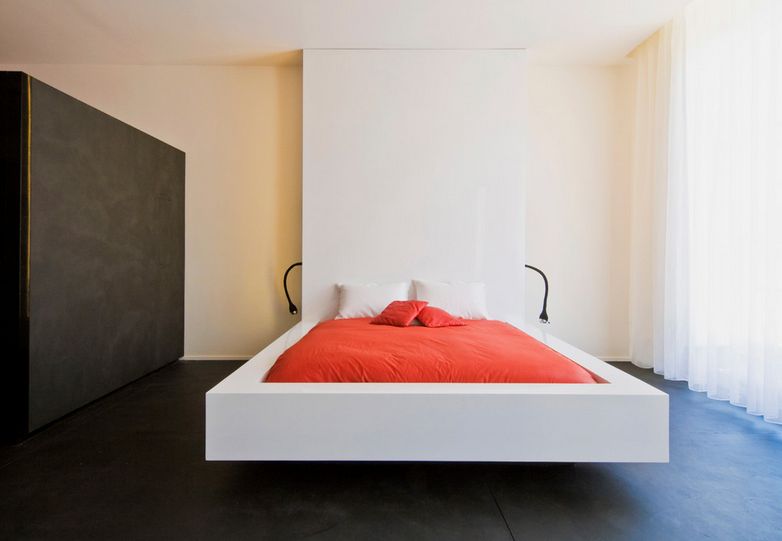
Traditional Wood Levitating Bed

Modern Levitating Bed

Nordic Levitating Bed

The warm color of the wide plank wood makes the bed seem cozier.
Floating Headboard

Eclectic Levitating Bed
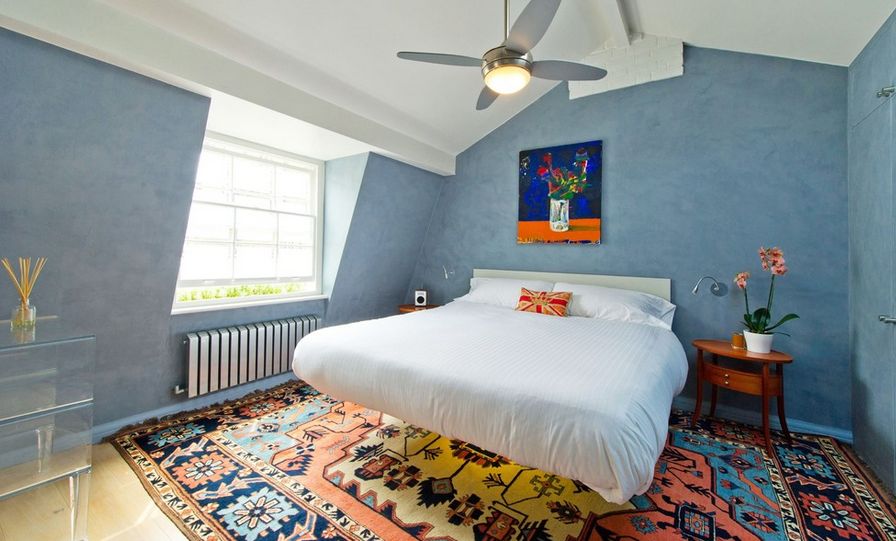
Contemporary Levitating Bed

Pillow-Like Style

Quietly Luxurious

Raw Modernism

Floating System

Rustic Modern

True Centerpiece

Unique Shapes

Bunk Beds
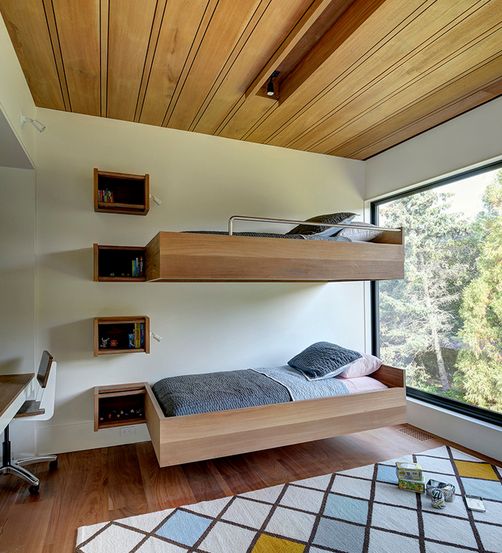
Space Savers

Picture sources: 1, 2, 3, 4, 5, 6, 7, 8, 9, 10, 11, 12, 13, 14, 15, 16, 17, 18, 19, 20, 21 and 22.
FAQs
How Much Does A Levitated Bed Cost?
On average, floating beds cost between $500 and $1,000. The price only includes the bed. If you wanted to add accessories like LED lights or protective guards, then those would be extra.
What Can I Put Under A Levitation Bed?
It’s not a good idea to use the space underneath a floating bed as a storage option. If you have LED lights, the lighting would be obstructed and could potentially become a fire hazard.
How Much Weight Can A Levitated Bed Hold?
The average maximum weight capacity for a floating bed is 500 pounds.
Are Levitating Bed Frames Sturdy?
Although you can’t see the support while looking at a levitating bed, surprisingly, a floating bed frame is just as sturdy as a traditional bed frame. A levitating bed frame is supported in the center, providing balance and support just like a normal bed frame.
How Does A Magnetic Floating Bed Word?
A magnetic levitating bed has magnetic material inside the bed. Magnets are installed underneath the floor which push against the magnets in the bed. The floating effect is natural and doesn’t require electricity.
Floating Bed Conclusion
If you don’t want to buy a floating bed, you could make one. A DIY floating bed frame is easy to assemble with wood pallets and nails. And it will last more than a few years.
Levitation bed frames are the most important component of the bed style. One nice thing about a floating bed is the optional headboard. If you don’t want a headboard, then don’t bother with one.

